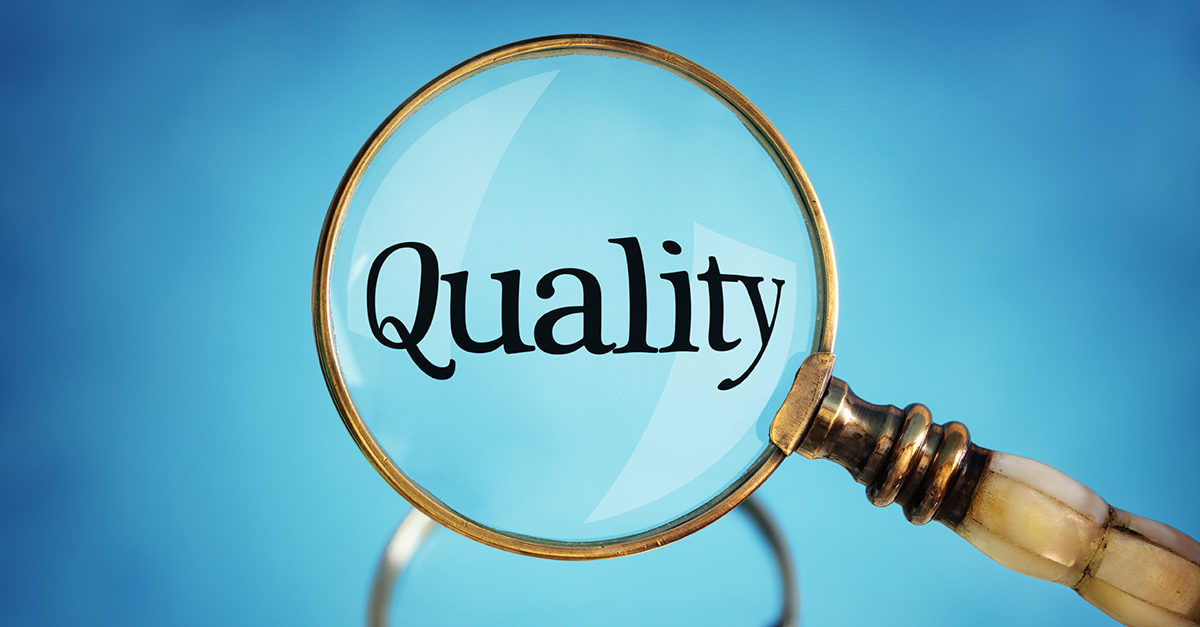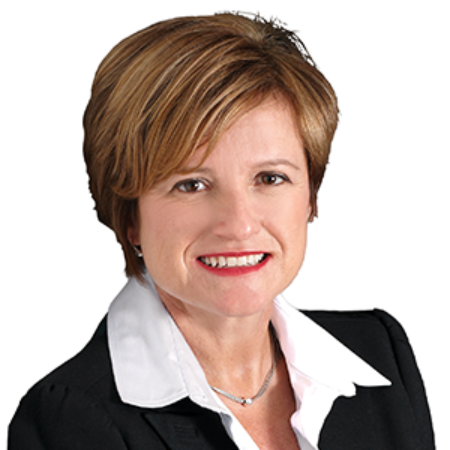Continuous improvement requires continuous evaluation, which is exactly where cleaning inspections come into play. Whether you are a cleaning contractor or an in-house operation, cleaning inspections are your fundamental tool for evaluating services and communicating with customers/stakeholders.
In order to be effective, cleaning inspections must first establish a baseline against which to measure whether service is improving, staying about the same, or declining. You can then use that information to fix problems, often before your client knows they exist.
An effective cleaning inspection program should include six parts.
1. Consistent Standards
You will need to decide your measurement standards and how to apply them. Measurement standards might include:
- Frequency. Inspections should be frequent enough to provide the right amount of data to measure quality of cleaning. The number or types of rooms in the facility will factor into how many rooms to audit per month. You might consider a certain percentage—for example, 10 percent each month.
- Type. Although visual inspections are the most popular, others, such as fluorescent marking and adenosine triphosphate (ATP) monitoring systems, provide accurate and traceable verification of a surface’s hygienic status—the key component of a good sanitation program.
- Components. Do you need to inspect everything in the room, such as the door, chair, and window ledge, or just high-touch surfaces?
- Ratings. In the educational environment, a rating system of 1-5 is predominately used. Other industries may use a percentage (1 to 100 percent).
- Specific item weighting. You may want to consider a weighting system that specifies, for example, that the floor has a higher rating than the ceiling.
2. Inspector Training
Because cleaning is somewhat subjective, it is of the utmost importance to eliminate deviations among inspectors as much as possible. Each inspector should be trained on clearly defined standards. Pictures of various ratings/areas—for example, what constitutes a 1, 2, 3, or 4 rating—are a great way to communicate standards. Another is to have several people inspect the same area and discuss results as a way to help all inspectors get on the same page.
3. Technology
Providing real-time data is invaluable to your cleaning operation and to your end-users. The technology you use should be easy to set up, easy to use, and flexible enough to easily customize inspections to the facility. With so many technology platforms on the market today, be sure to select the one that works best for your operation.
4. Reporting
While reporting inspection results to clients is important, reports should always be tailored to client needs. Know your audience and how much time they have to digest the information you provide. When determining how much detail to provide, consider whether your report will be for the chief financial officer (CFO), facility manger, or the cleaner for the area. Too many details can waste the reader’s time. A CFO may only need a high level report to ensure specific targets are being met, while the facility manager may require details on how you are going to fix a situation.
5. Provide Feedback
Use inspection data to provide feedback to your cleaning staff. They can’t fix a problem they don’t know exists. Be sure to also give positive feedback. The cleaning industry does not hear enough positive feedback, and communicating inspection reports offers a great opportunity to thank your cleaning staff for a job well done.
6. Follow Up
I cannot emphasize this enough. If you have identified an issue, you must ensure it does not arise again. Following up is the only way to reduce this risk.
A proper cleaning inspection process demonstrates that you are proactive and doing what you were hired to do, which is to provide high-quality cleaning. It demonstrates respect for your client’s time and ensures they are getting optimum value for their cleaning dollars.



